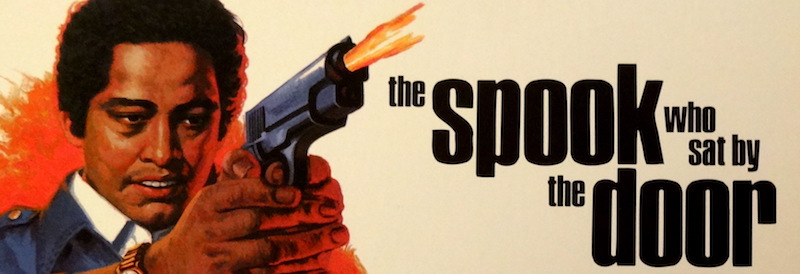I am the fly in the school reform buttermilk. An outsider, now marginally on the inside, trying to plot the revolution.
Young, gifted and Black, I founded a charter school support organization in Oakland at the dawn of the movement in the ’90s, followed Katrina into New Orleans to help resuscitate the (charter) schools, and then was CEO of a $41 million dollar public-private partnership to spur charters in New York City, with Chancellor Joel Klein on my board.
I sat in the boardrooms, and the meetings before the meeting where everything was really decided, and often was there when folks negotiated the futures of these communities in bigger or smaller ways. And I can say, as usually the only brother in the room, that school reformers—and I’m talking about the “deformers” here—can be a little scary. Well, sometimes a lot scary.
I apologize in advance to the good, well-meaning folks who are actually trying to understand and empathize with our kids and families. I love many of y’all—but you gotta admit there are some real pieces of work in the room, too.
Colonial Reformers
Many, many folks have an “other people’s children” problem. They support and applaud the creation of schools that they would never send their own children to. “No excuses” schools where students eat silent lunches and walk in silent halls, where trauma is disciplined into submission or exit.
These schools are usually led by some young, relatively inexperienced hotshot, who has learned a lot in school or in some prep program, but knows very little. But he’s great, they love him.
The natives, not so much. For instance, the veteran Latina educator and school leader, who has a doctorate and decades of experience, starts one of the highest achieving schools in the South Bronx, in the shadow of one of its dropout factories. She’s lived there her whole life and fought and worked in the community. They’ll say, “She’s crazy.” No money for her. These “deformers” might even undermine her behind her back.
I can’t count how many times people of color were called “crazy” for the dreams they have for our kids and their willingness to fight bareknuckled for them, while White folks are called “ambitious” and given money to achieve the same thing.
And sometimes these people are just racist. One of these Thurston Howell-types (anybody else watch Gilligan’s Island?) walked into a discussion I was having about a weak charter leader. I was running through a number of data points. First question from him: “Is she Black?” No, she isn’t. But why is that the assumption?
And keep in mind, these are the deciders—the authorizers in some cases, the funders in others.
There Are No “Sides” When Kids Lose
Then there are those that cheer or snicker when “the other side” fails. Too many people delighted at the stumbling of a charter school founded by the New York City teachers union. But it was serving kids in East New York, where kids need to be served better. Do you really want to see that school fail?
When you are the spook, there is nothing funny, nothing to be self-congratulatory about, not another “side.” Kids are failing and being failed. When you are the spook, those are your kids.
But to many of them, it’s just another point on the political scoreboard. Something to throw at the union in an adult mudfight. And that’s all it is, because their kids will never go to these schools. They can’t imagine themselves or their kids living where these children and families are.
The Choice Is There Is No Choice
It’s not easy being the spook.
Maybe you know the Black nationalist novel from the ’60s (or the movie it inspired), “The Spook Who Sat by the Door”? The main character is a “spook”—another word for a spy in the CIA. But there’s a deeper political message. The real meaning of “spook” is an old racial slur for Blacks. The early response to affirmative action was to force your token Black employee to sit right by the door, giving the appearance of a “diverse workplace” that still operated on the same system of White privilege and oppression that this country was founded on.
Sometimes I feel like that spook. Sitting in these funders’ boardrooms and closed-door meetings, sometimes I wonder if they’ve positioned me right by the proverbial door, to add some legitimacy to an enterprise that—for the worst of these “deformers,” for the colonial reformers—isn’t really isn’t about empowering communities of color at all.
Late at night I often wonder whether we can dismantle the master’s house with the master’s tools. Whether being the spook inside is better than being the agitator outside. Whether trying to build institutions and children in the space the system affords us will ever work.
But spooks don’t have too many choices. We see the daily toll taken on youth and the price of inaction. And we’re joined by many other reformers—White, Black and Brown—who are here to do the work, and really believe in the schools we’re building.
In a rigged system where few even get near the door, I am picking up what tools I can, and hope to unbolt the foundations while a smarter and better army of young architects and carpenters develop.
Maybe those who inherit it can finish the job of remaking this system into something better.
Please follow me on Twitter or my Facebook page and subscribe to the blog.

